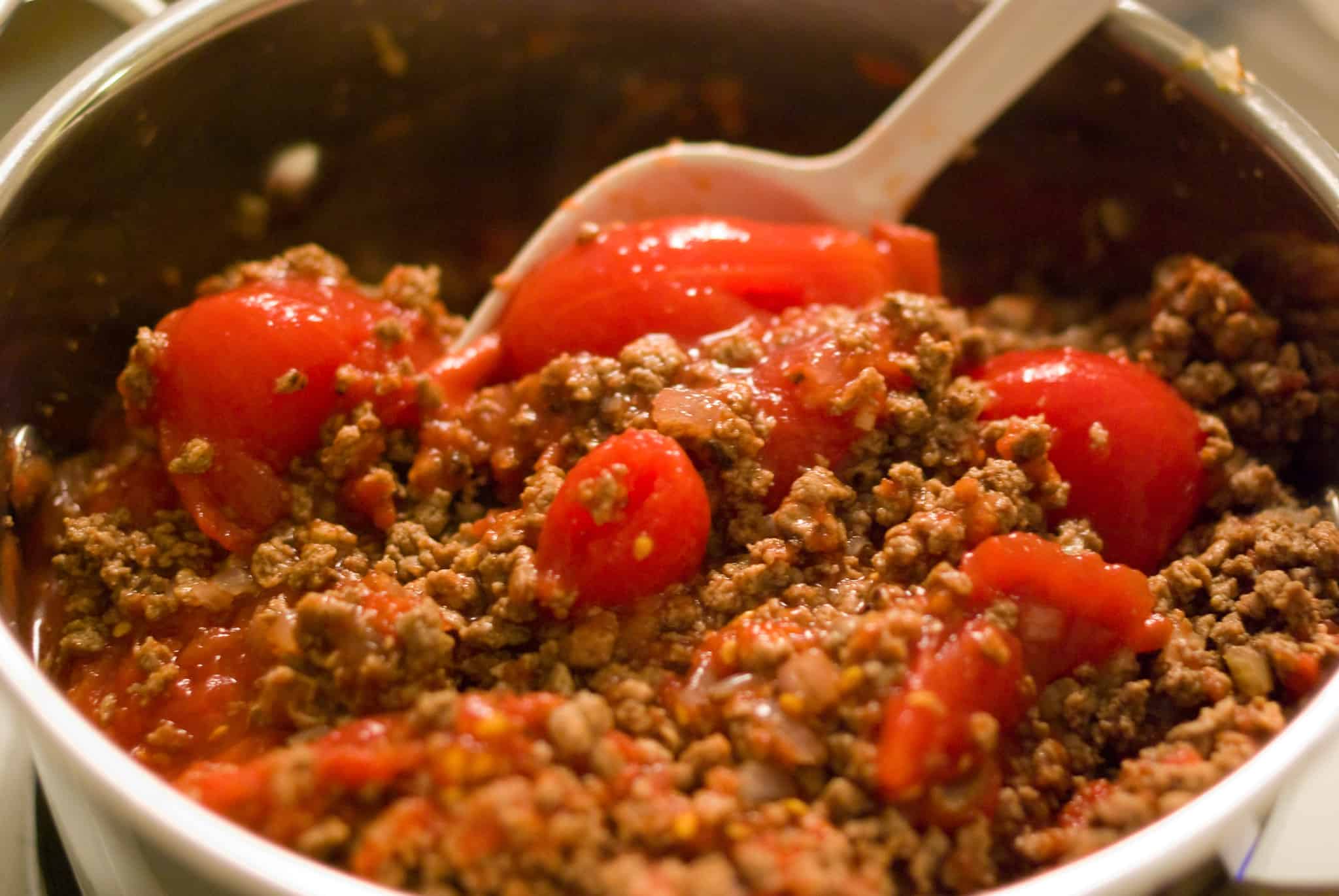Red meat is a big concern in many diets. Especially when it’s processed and rich in fats and salt, red meat can make you fatter and unhealthier. It’s also bad for the environment and raises ethical concerns. Eating more vegetables is almost always a good idea, but for many people, that seems unsatisfying. Meat alternatives may offer a solution but the problem is that, oftentimes, it’s not clear whether meat alternatives are really healthier.
In a new study, researchers looked at a particular meat replacement (Quorn, a type of mycoprotein) and compared its intake to red meat. Over just a two-week period, the mycoprotein-based meat substitute lowered ‘bad’ cholesterol levels by 12% and reduced waist circumference by almost 1 cm.

Meat from fungus
Quorn is a brand of meat substitute products. It originated in the UK and is sold primarily in Europe, but is available in 14 countries. It’s actually one of the earlier meat substitute products, being sold since 1993. Quorn is primarily made from mycoprotein, a type of fungal protein. The production process involves several steps, including fermentation, harvesting, and seasoning. In a sense, the product is made from fungus — microscopic fungi. Think of it as made from microscopic mushrooms.
Researchers from Northumbria University, Newcastle, recruited 20 healthy male adults for the study. The participants were assigned to consume either 240 grams of processed red meat or an equivalent amount of Quorn, over two 14-day periods. This was an investigator-blind study — the researchers themselves didn’t know who was getting which diet.
In addition to the benefits mentioned earlier, researchers noted a clinically meaningful trend toward lower systolic and diastolic blood pressure in the mycoprotein group.
Commenting on the study findings, lead researcher Daniel Commane, Associate Professor in Nutritional Sciences at Northumbria University, said:
“At a time when millions of people have high cholesterol and excess tummy fat, this study is the latest of several human dietary intervention trials where mycoprotein has demonstrated significant cardiovascular benefits.
“It’s important as it highlights how making a simple dietary change to consume mycoprotein can deliver impressive heart health benefits in a very short period of time, cutting the risk of a person dying from cardiovascular disease by as much as nine percent according to some models. It also demonstrates how mycoprotein could play a key role in supporting weight loss and long-term weight management — which is hugely important when we consider the health risks of obesity and that almost two in three people in England are clinically overweight.
“This latest study builds on previous research we conducted, which revealed that Quorn mycoprotein significantly reduces the presence of cancer biomarkers and improves gut health.”
Improving peoplețs health
The study’s findings make sense because high cholesterol is especially caused by diets high in saturated fat, and processed red meat is particularly high in saturated fats. Extra waist circumference is also linked to high cholesterol and cardiovascular problems.
But the study also has a few important caveats. For starters, it’s a small sample size of men in the UK — not necessarily representative of a larger sample size. Secondly, participants were only followed for a relatively short period of time. While the findings are encouraging, it’s important to confirm them over a longer period of time. Lastly, the work was partly funded by Marlow Foods, a division that houses Quorn in its larger, mother company. This doesn’t necessarily imply bias, but it’s always important to keep it in mind.
Nevertheless, the study is consistent with previous research. There’s a consistent body of work showing that the consumption of red meat causes cardiovascular problems and is associated with a number of health problems.
Ultimately, while red meat has been a staple in many diets worldwide, its implications in health and the environment have made it a contentious topic. The introduction of meat alternatives offers a promising avenue for those looking to maintain a balanced diet without compromising on taste and satisfaction. The recent study reinforces the potential health benefits of such alternatives. However, like any research, it is crucial to approach the findings with a discerning eye, especially considering the funding sources and the sample size. As consumers, it’s essential that we stay informed make dietary choices based on comprehensive research, and continually reassess our food habits in light of new evidence.
Journal Reference: Dominic N. Farsi, Jose Lara Gallegos, Tim J. A. Finnigan, William Cheung, Jose Munoz Munoz, Daniel M. Commane. The effects of substituting red and processed meat for mycoprotein on biomarkers of cardiovascular risk in healthy volunteers: an analysis of secondary endpoints from Mycomeat. European Journal of Nutrition, 2023; DOI: 10.1007/s00394-023-03238-1






